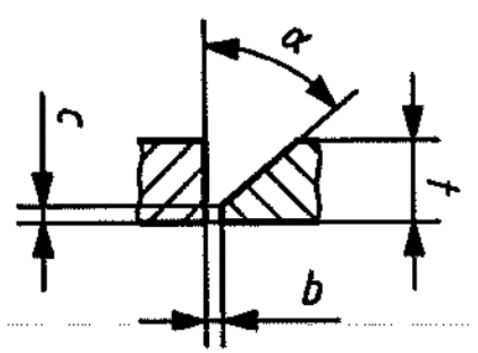The fatig98ue limit values (
,
, and
), are calculated based
on the following regimes of Stress Ratio ®,
Reference: the DVS1608 regulation document section 7.2.2.
For nominal stress (longitudinal
and transverse
)
Regime 1:
Regime 2:
Regime 3:
Regime 4:
is the mean stress sensitivity, the
exponent x in the above equations is queried from the below notch detail
tables:
| Curve |
B |
B- |
B+ |
C |
C- |
C+ |
D |
D- |
| x |
6 |
7 |
8 |
9 |
10 |
11 |
12 |
13 |
| Curve |
E1+ |
E1 |
E1- |
E4+ |
E4 |
E4- |
E5+ |
E5 |
E5- |
E6+ |
E6 |
E6- |
| X |
14 |
15 |
16 |
17 |
18 |
19 |
20 |
21 |
22 |
23 |
24 |
25 |
| Curve |
F1+ |
F1 |
F2 |
| x |
26 |
27 |
28 |
For shear stress,
,
Regime 2:
Regime 3:
Regime 4:
is the mean stress sensitivity, the
exponent x in the above equations is queried from the below notch detail
table:
The grinding bonus and the thickness factor is applied to the
calculated fatigue limit for longitudinal and transverse and just the
thickness factor to the calculated shear fatigue limit.
